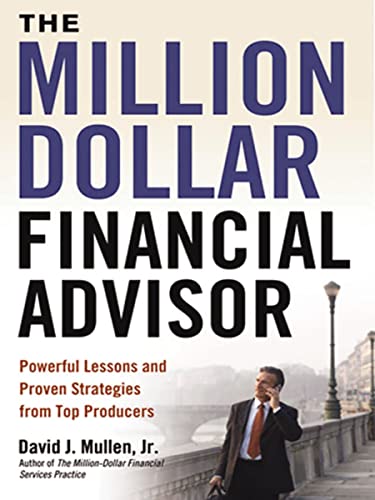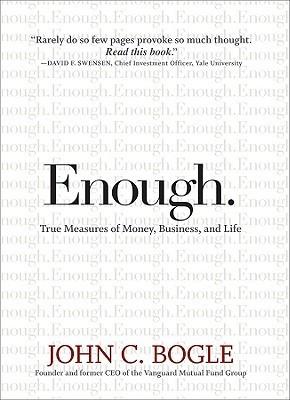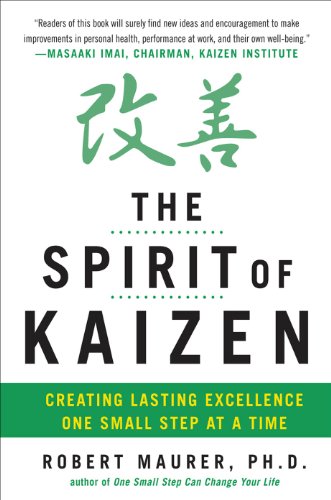Introduction Storyselling for Financial Advisors teaches the readers to tell the financial story. The authors want to show how the top advisors sell. As I am starting my financial planning business, I would like to know more about soliciting clients. Author Scott West is Head of Consulting for Invesco Van Kampen Consulting. I could not find much information about him on the internet. Mitch Anthony is a financial services advisor, author, speaker and consultant, and the developer of MyFLPTools, a subscription-based service that provides a suite of discovery tools for financial services professionals. Contents There are a preface and 13 chapters in Storyselling for Financial Advisors. The chapters are Part One: How to Put Half of Your Client’s Brain to Sleep 1) Why Statistics Don’t Sell and Stories Do 2) Learning to Speak the Language of the Right Brain 3) What’s Your Gut Feeling? How Decisions Really Get Made Part Two: Becoming a Better Storyseller 4) Reading and Leading Others: The 30-Second Body Language Read 5) How Socrates Can Help You Reach Your Sales Quota: Getting Others to Tell Their Story 6) How Self-Deprecation and Wit Will Get You Further Than Self-Promotion 7) Making the Intuitive Leap with Your Client 8)…
Introduction The Million-Dollar Financial Advisor is about developing a successful financial advisory business. This book provides a glimpse into the best practices that make the top producers so successful. The author writes this book for financial advisors who want to take their business practice to the next level. As I am interested in the financial planning industry, I want to see what these best practices are. Author David J. Mullen, Jr. is a 30-year industry veteran and former Managing Director at Merrill Lynch, where he trained more than 500 financial advisors. The success rate of his advisor training programs have been significantly higher than the industry average. Contents There are an introduction and 16 chapters in The Million-Dollar Financial Advisor. The chapters are divided into 2 parts. The first part is The Lessons which contains 13 chapters. Part 2 is Putting the Lessons Into Practice and contains the remaining chapters. The chapters are 1) Lesson #1: The Top Advisor Mindset 2) Lesson #2: The “Leverage of Size” Principle 3) Lesson #3: Professional Development 4) Lesson #4: Specialisation 5) Lesson #5: Relationship Focus 6) Lesson #6: Marketing Best Practices 7) Lesson #7: Professional Referral Networks 8) Lesson #8: Nonprofit Organization Involvement…
Introduction Enough contains John C. Bogle’s life story and his advice. The author wrote down his opinions on money, on what we should be proud of and ashamed of in our business and professional callings, and on what are the false and true treasures in our lives. This book was recommended in Richer, Wiser, Happier. The is my fifth book from its recommended book list. I am just continuing my mission of finishing my unread recommended books from Richer, Wiser, Happier. Author For more information about John C. Bogle, you may refer here. Contents Enough has an introduction, 10 chapters, a wrapping up (What’s Enough?), and an afterword. The chapters are divided into 3 parts: Money (3 chapters), Business (4 chapters) and Life (3 chapters). The chapters are 1. Too Much Cost, Not Enough Value 2. Too Much Speculation, Not Enough Investment 3. Too Much Complexity, Not Enough Simplicity 4. Too Much Counting, Not Enough Trust 5. Too Much Business Conduct, Not Enough Professional Conduct 6. Too Much Salesmanship, Not Enough Stewardship 7. Too Much Management, Not Enough Leadership 8. Too Much Focus on Things, Not Enough Focus on Commitment 9. Too Many Twenty-First-Century Values, Not Enough Eighteenth-Century Values 10. Too…
Introduction Why The Spirit of Kaizen? As I found another book of the author to be helpful, I decided to see what he offers in the business field. Furthermore, I would like to find ways to improve workplace and my leadership skill. Author I have written about the author in another article. You can refer to it here. Contents The Spirit of Kaizen contains 8 chapters and an appendix. The chapters are 1) A Swift Introduction to Kaizen, 2) Boost Morale, 3) Cut Costs, 4) Improve Quality, 5) Develop New Products and Services, 6) Increase Sales, 7) Reduce Health-Care Expenses, and 8) When Small Steps Are Too Hard: What to Do. The appendix is Reflections on Kaizen and contains quotes of famous people about small improvements work. Review The author mentions that there are two ways to improvement: innovation and kaizen. What are the difference between these two techniques? Innovation requires a radical change, immediate rethink of the status quo while kaizen asks for small, doable steps toward improvement. By taking small steps, we will be able to bypass the amygdala and the associated fight-or-flight response. That is the reason why it is easier to take action with kaizen than…
Introduction The Value of Everything is an economic book. It aims to stir a debate about “value” in current turbulent economic times. This book is chosen as one of the best business books 2018 in the economics category by strategy+business magazine. Author Mariana Mazzucato is an economist and Professor in Economics of Innovation and Public Value at University College London. She is also the founder of Institute for Innovation and Public Purpose in the same institution. The author is a member of the Scottish Government’s Council of Economic Advisers and UN Committee for Development Policy. She is an avid author who has published 10 books. Content This book begins with an introduction and contains 9 chapters. Chapter 1 is A Brief History of Value, followed by Value in the Eye of the Beholder: The Rise of the Marginalists. In these 2 chapters, the author introduces selected theories of classical and neoclassical economics. Chapter 3 is Measuring the Wealth of Nations and talks about gross domestic product. Chapter 4 is A Colossus is Born. The Rise of Casino Capitalism is Chapter 5. These chapters discuss the changes in the financial system. Chapter 6 and 7 are Financialization of the Real Economy…





